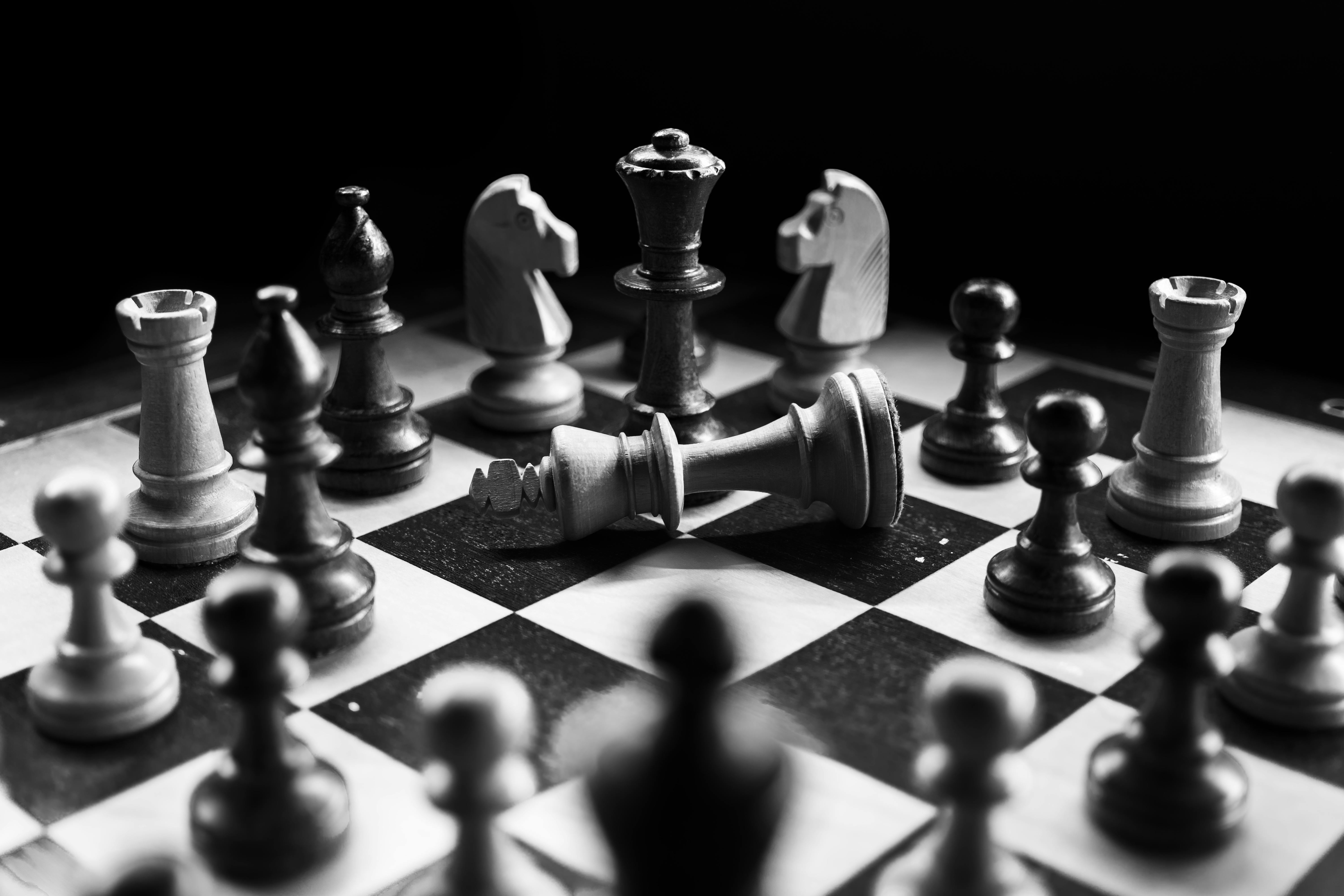Decoding the Science and Strategy Behind Chessboxing
The world of sports is filled with a plethora of disciplines, each unique and challenging in its own way. From football to swimming, each sport tests the physical and mental capabilities of the athletes, pushing them to their limits. But what if a sport combined the mental strain of the most strategic board game with the physical demand of one of the toughest combat sports? Welcome to the fascinating world of Chessboxing.

Chessboxing is a hybrid sport that combines two traditional and seemingly disparate games – chess and boxing. It is a one-on-one competition where mental agility and physical prowess are equally tested. In the following sections, we delve into the origins of this unique sport, its rules, training methods, and its growing popularity around the globe.
Origins and Evolution of Chessboxing
The inception of Chessboxing can be traced back to 1992 when Dutch performance artist Iepe Rubingh, inspired by a French comic book, decided to bring the imaginary sport into reality. The sport, since then, has evolved, attracting a growing number of enthusiasts and professional athletes, and has established governing bodies in various countries.
The Rules of Engagement
In Chessboxing, a match consists of 11 rounds – 6 rounds of chess and 5 rounds of boxing, beginning and ending with a round of chess. Each round lasts for three minutes. The winner is decided either by knockout in the boxing round, checkmate in the chess round, or by the judge’s decision if the match goes the distance.
Training for Chessboxing: A Dual Challenge
Training for Chessboxing is unique as it requires athletes to be proficient in both chess and boxing. It involves rigorous physical training to build stamina, strength, and agility, coupled with strategic chess sessions to improve concentration, decision-making, and tactical skills.
Chessboxing: The Rising Popularity
Despite its unusual combination, Chessboxing has gained quite a following. Its popularity can be attributed to its unique challenge of testing both mental and physical capabilities, making it a truly complete sport. It has also garnered attention due to its potential benefits in enhancing cognitive abilities, physical fitness, and discipline.
In conclusion, Chessboxing represents a novel approach to sports, combining the mental rigor of chess with the physical demands of boxing. As the sport continues to gain recognition, it challenges the traditional delineation of physical and mental sports, offering an intriguing blend that tests the limits of human capability.




